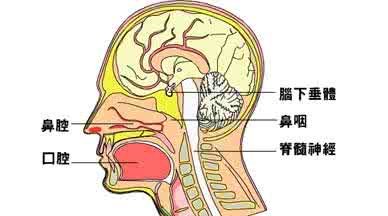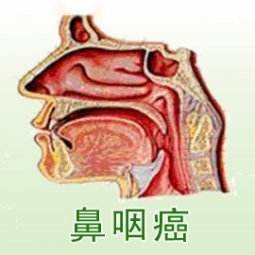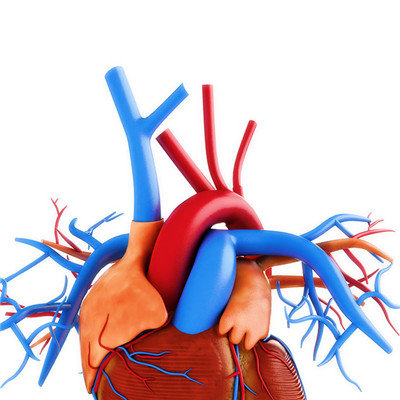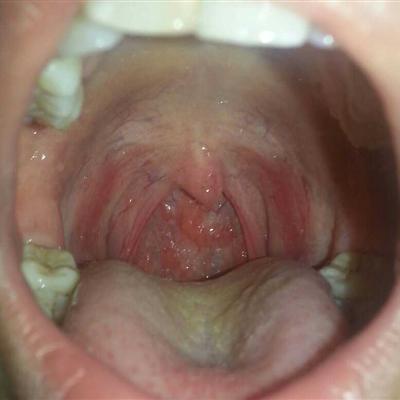What symptom does nasopharyngeal carcinoma spread to have?
summary
The cancer cells of patients with advanced nasopharyngeal carcinoma flow to the whole body through blood circulation, which has a certain impact on patients. We understand the symptoms of nasopharyngeal carcinoma can help patients better cure the disease and effectively improve the life cycle of patients. So, what symptom does nasopharyngeal carcinoma spread to have?? Now let's learn about it.
What symptom does nasopharyngeal carcinoma spread to have?
Nasal, ear, eye and oral symptoms primary cancer invasion and expansion: the surface is ulcer infection, most patients will appear the symptoms of the above parts, but according to the location and size of the tumor to determine the time and sequence of clinical symptoms: cancer is located at the top of the nasopharynx, the first occurrence of blood in the nose, blood can spit out from the mouth, accompanied by nasal congestion, etc; The tumor is located in the pharyngeal recess. In the early stage, it often has tinnitus, ear closure, hearing loss and so on. It is easy to be misdiagnosed as catarrhal exudative otitis media or suppurative otitis media; The tumor infiltrated into the eye, manifested as unilateral exophthalmos, diplopia, eye movement disorders, etc; The tumor infiltrated the medial pterygoid muscle and presented with difficulty in opening the mouth. When the hypoglossal nerve was involved, the movement of the lingual muscle was impaired and the tongue deviated to the healthy side.

Cranial nerve symptoms: nasopharyngeal carcinoma infiltrates and expands upward: cranial nerves can be involved to cause corresponding symptoms. Clinically, cranial nerves V and VI are the first to be involved. With tumor expansion, cranial nerves III, IV, IX and X are also damaged, while cranial nerves I and II are located in the anterior part of the skull, while cranial nerves VII and VIII are located in the petrous part of the temporal bone. The upper cranial nerves were involved, showing loss of function. Headache is often a sign of the tumor expanding into the brain. Headache is a persistent and fixed severe migraine, mostly located in the trigeminal sensory distribution area, the nature can be distending pain, muggy pain or tight pain.

Neck sign mainly refers to the mass caused by cervical lymph node metastasis: clinically, painless mass in neck can be the first symptom, or even the only symptom. The mass first appeared on one side and enlarged rapidly, then involved the opposite side of neck.

matters needing attention
To prevent nasopharyngeal carcinoma, the main thing is to reduce the burden on the nasopharynx, which requires maintaining a good mood, learning to regulate their emotions, doing more deep breathing, and never causing throat inflammation due to frequent anger. In addition, it is suggested to eat some mild foods such as Osmunda japonica, sesame, almond, pumpkin seed, etc.















